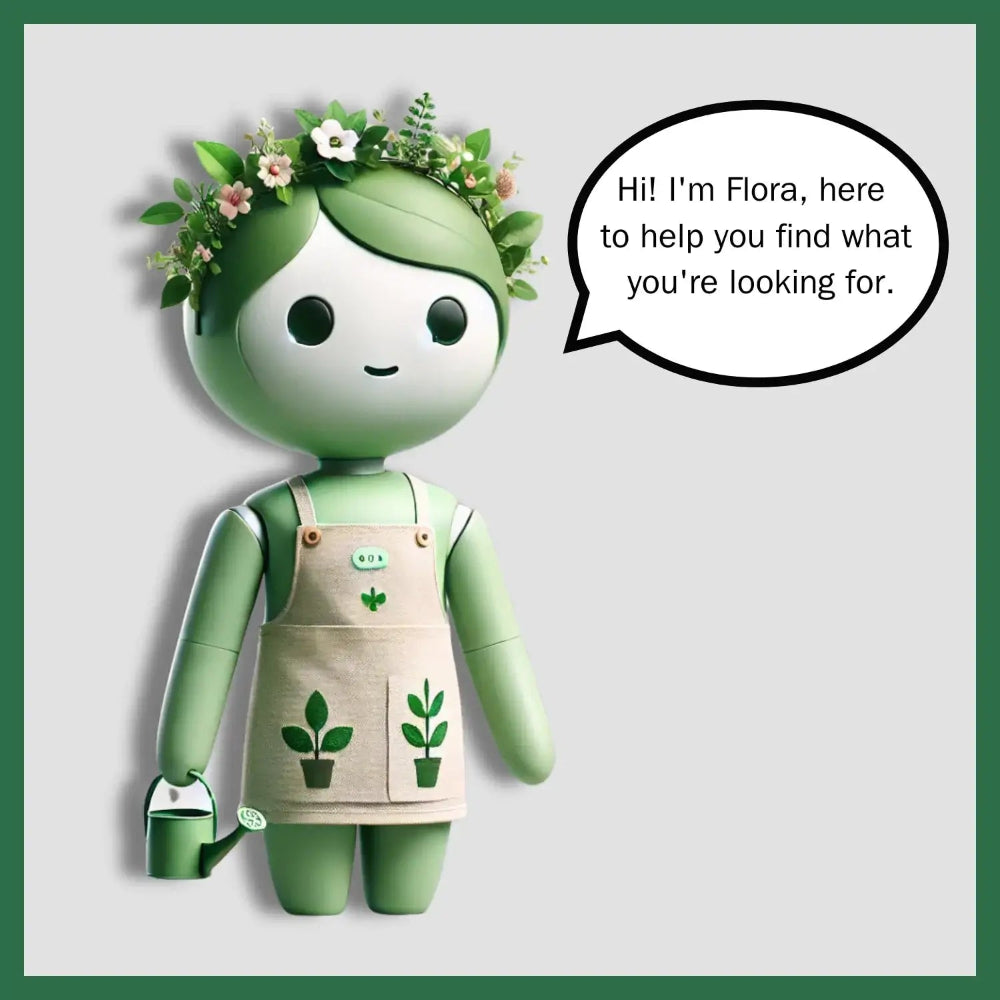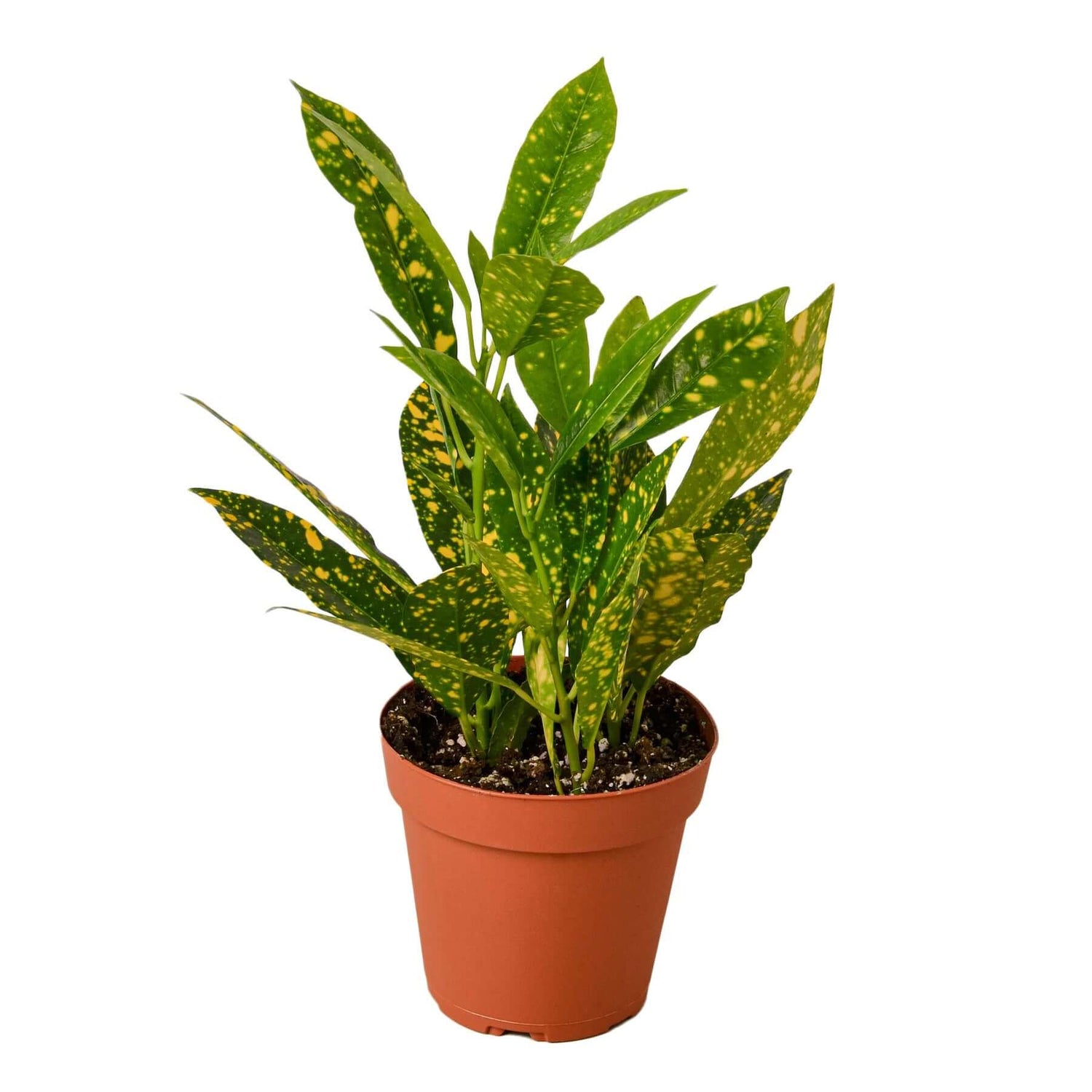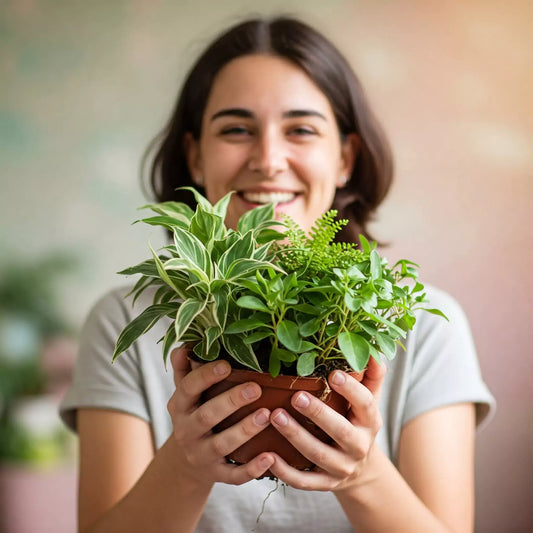As the days grow shorter and the air turns crisp, it’s time to start thinking about bringing your beloved plants indoors for the fall and winter. Transitioning your green friends from the outdoors to the cozy indoors can be a smooth process with a little planning and care. Here’s your step-by-step guide to ensure your plants stay healthy and happy through the colder months.
Can I Bring My Plants Inside for the Winter?
Absolutely! Many plants can thrive indoors during the winter months. Bringing them inside not only protects them from the harsh cold but also allows you to enjoy their beauty year-round.

When Should I Bring My Houseplants in the Fall?
Timing is crucial. Start bringing your plants indoors before the first frost. A good rule of thumb is to begin the transition when nighttime temperatures consistently drop below 50°F (10°C).
How to Transition Plants from Outside to Inside
- Slow Acclimation to Light
Outdoor plants are accustomed to more light than indoor environments offer. Gradually reduce their light exposure over a week or two by placing them in shadier spots outside before moving them indoors.
- Inspect for Pests
Before bringing any plant inside, give it a thorough inspection. Check the leaves, stems, and soil for any signs of pests. Removing pests early prevents infestations indoors. For more detailed advice on dealing with pests, refer to the Royal Horticultural Society’s Guide on Pests and Diseases.
- Outdoor Shower
Wash your plants thoroughly with a gentle spray of water to remove dust, pests, and debris. This step helps in keeping your indoor environment clean.
What Do I Spray on Plants Before Bringing Indoors?
Using a mild insecticidal soap or neem oil spray can help in eradicating any pests. Make sure to follow the instructions on the product and avoid overuse, as this can harm your plants.

How Do You Debug Plants Before Bringing Them Inside?
Inspection and Cleaning
Check for pests and clean the plants thoroughly as mentioned earlier.
Soak in a Bath
For smaller plants, submerging the pot in a tub of lukewarm water for about 15 minutes can force pests to the surface.
Insecticidal Treatment
Apply insecticidal soap or neem oil as a preventive measure.
How Often Should I Water My Indoor Plants in the Fall and Winter?
Watering needs change with the seasons. In the fall and winter, indoor plants generally require less water. Check the soil moisture before watering and ensure the top inch of soil is dry before giving them a drink. Overwatering can lead to root rot, especially in the cooler months.
What Temperature Is Too Cold for Indoor Plants?
Most indoor plants thrive in temperatures between 60°F to 75°F (15°C to 24°C). Temperatures below 50°F (10°C) can be harmful to many houseplants, so keep them in a warm, draft-free spot.

Can You Bring Hanging Baskets Inside for Winter?
Yes, hanging baskets can be brought inside too! Ensure they receive adequate light and adjust their watering needs accordingly. Hanging baskets often dry out faster, so monitor their moisture levels closely.
How to Keep Outdoor Potted Plants Alive in Winter
Proper Placement
Place your potted plants in a location where they receive adequate light but are protected from drafts and sudden temperature changes.
Humidity
Indoor air can be dry in winter. Increase humidity by grouping plants together, using a humidifier, or placing a tray of water near the plants.
Regular Monitoring
Keep an eye on your plants for any signs of stress or pest issues and address them promptly.
For more tips on overwintering your plants, check out the University of Minnesota Extension’s Guide on Overwintering Plants.

Story Time: My First Winter with Indoor Plants
I remember my first winter bringing my outdoor plants inside. I was nervous about the transition and worried about pests hitching a ride. I meticulously inspected each plant, gave them a refreshing shower, and sprayed them with a homemade neem oil solution. The effort paid off! My plants not only survived but thrived, adding a touch of green to my winter days. The joy of seeing them flourish indoors was worth every bit of preparation.
Bringing your plants indoors for the fall and winter doesn’t have to be daunting. With these tips and a little bit of care, your green friends can continue to thrive and bring you joy throughout the colder months. Happy planting!
For more detailed steps and professional advice, check out HGTV’s guide on overwintering houseplants and Garden Design’s tips on bringing outdoor plants inside.










